
Woodworking is a fulfilling and rewarding hobby or profession, but it comes with its own set of safety considerations. The proper use of Personal Protective Equipment (PPE) is among the essential measures to guarantee a secure environment. In this blog, we will explore the various types of protective gear to keep you safe while pursuing your woodworking passion.
Understanding the risks:
Woodworking involves various tools and machines that can pose significant risks. Being aware of the potential hazards is crucial, from flying wood chips to loud machinery noise. At Carbatec, we can help you choose the right PPE specific to a woodworking job. But remember, PPE is only effective when it's in good condition. We encourage you to inspect and maintain your protective gear regularly. Replace any damaged equipment promptly to ensure optimal protection.
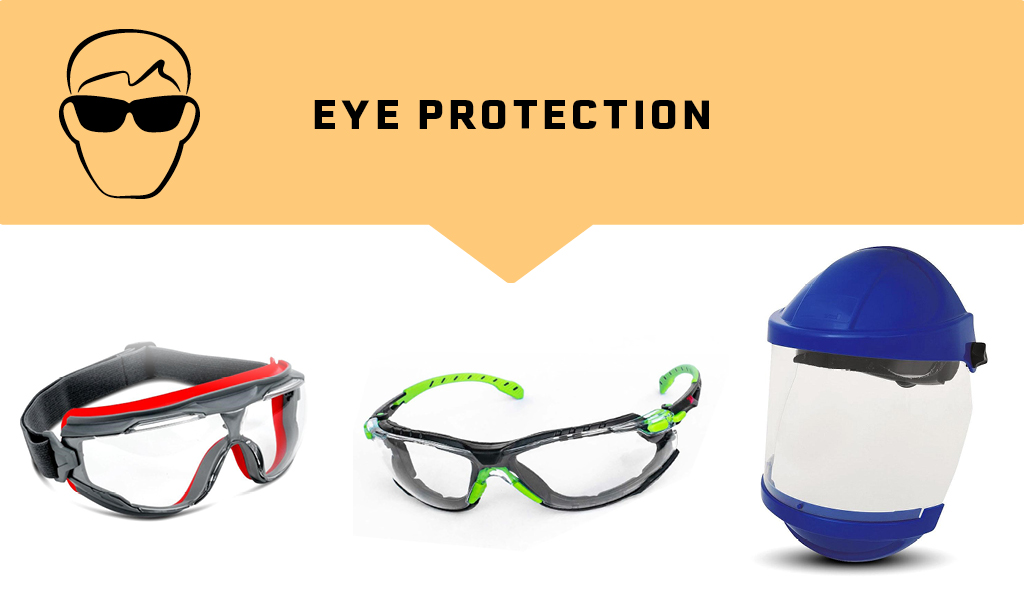
Protective eyewear prevents potentially blinding eye injuries from flying debris. Most eye injuries are preventable. Simply wear the right kind of safety glasses during risky activities. If you wear standard glasses for vision correction, know they don't protect your eyes from impact or sawdust.
Shop Eye Protection.
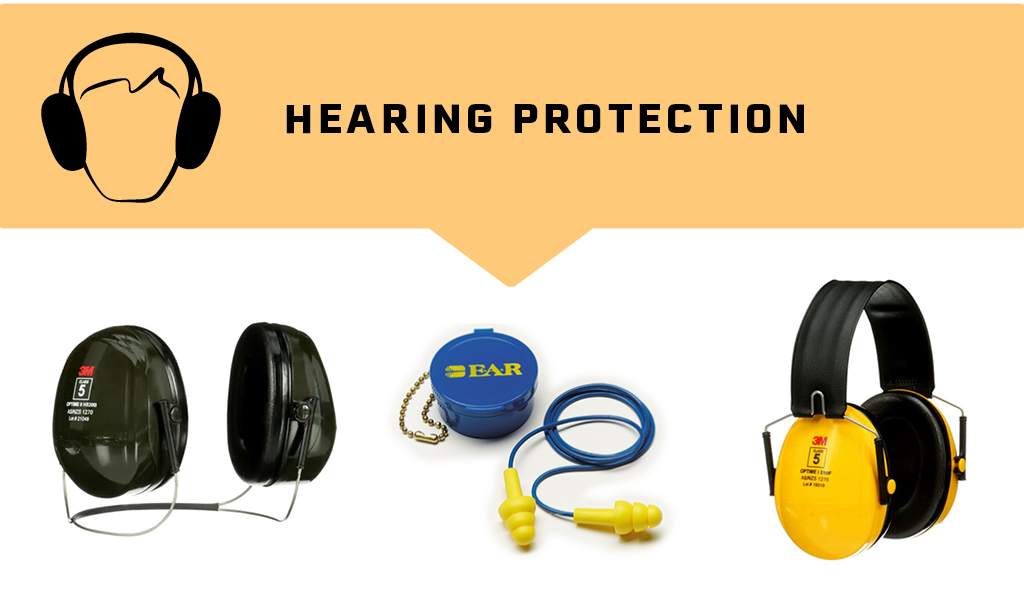
The constant whirring of machinery and the noise generated in a woodworking workshop can lead to long-term hearing damage. Earplugs or earmuffs are essential to protect your hearing. Choose hearing protection with adequate Noise Reduction Rating (NRR) to ensure maximum effectiveness.
Shop Hearing Protection.
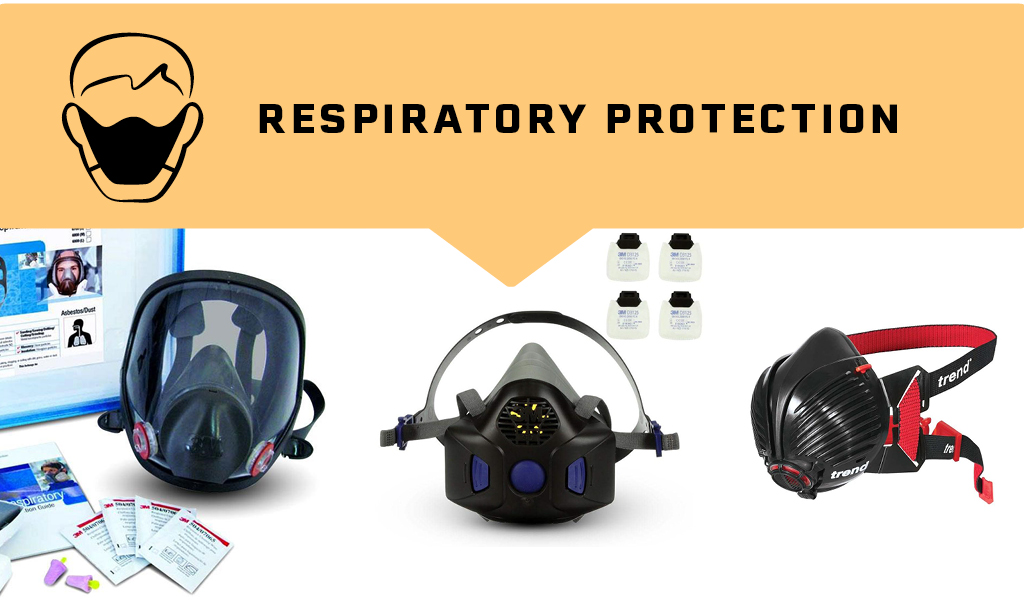
Disposable masks are suitable for light to moderate exposure to wood dust. They are often affordable and easy to use, providing basic respiratory protection. However, they are not sufficient for prolonged exposure or when dealing with fine dust.
Half-face or full-face respirators provide a higher level of protection. They have filters or cartridges that need to be selected based on the specific hazards present in the workshop.
Your protective equipment should be maintained cleanly and reliably. It should fit comfortably and form a seal around your nose and mouth, preventing the entry of unfiltered air.
Shop Respiratory Protection
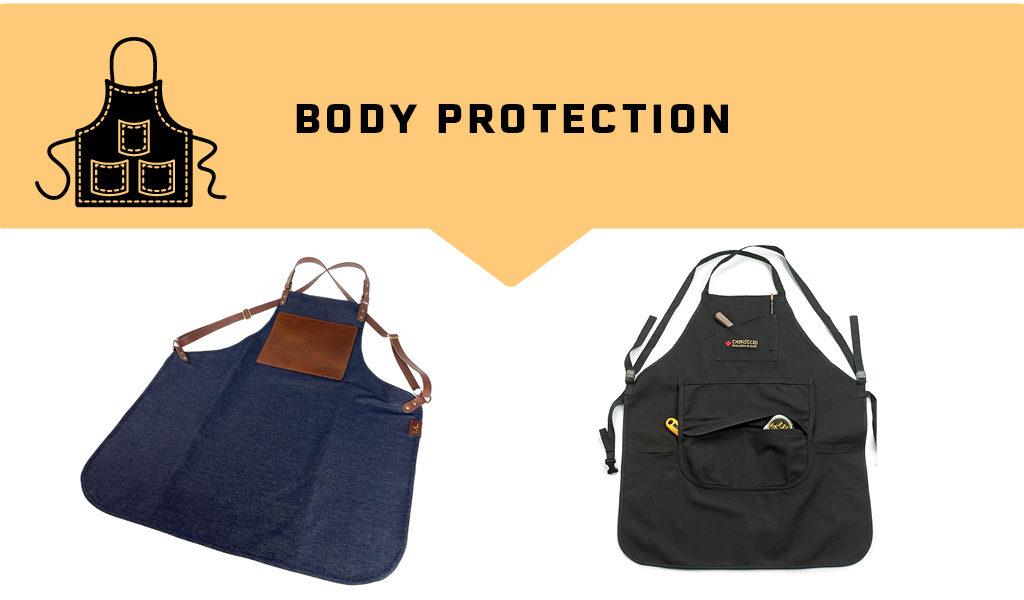
Aprons or coveralls can protect your body from wood chips and dust. Additionally, if you are working with chemicals or stains, ensure your clothing provides an additional barrier to protect your skin. Always wear closed-toe shoes with slip-resistant soles. They protect your feet from falling objects, sharp tools, and spills. Steel-toed boots offer an extra layer of protection for heavy-duty woodworking.
Shop Body Protection
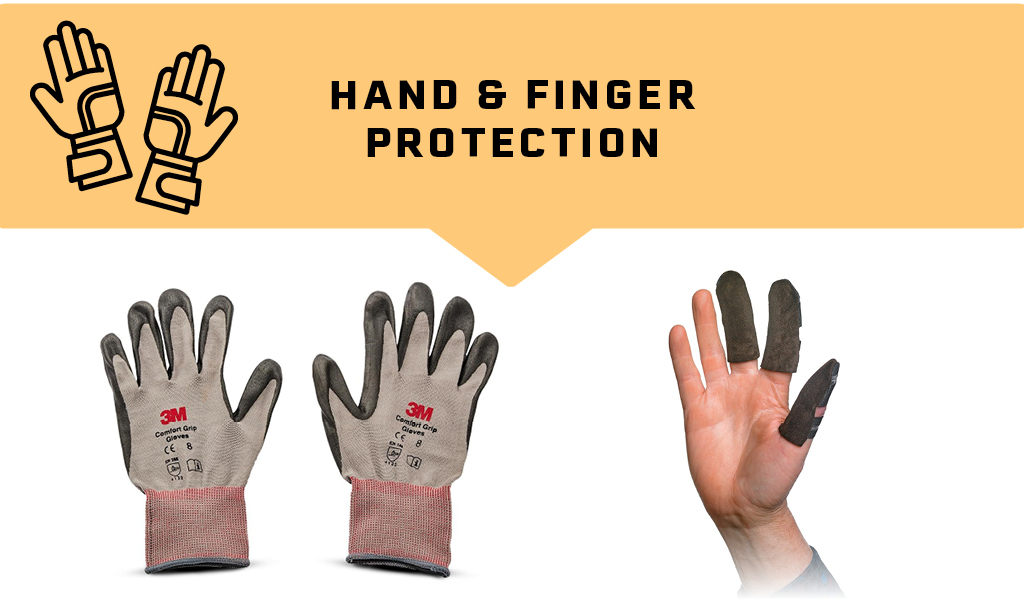
Here is a controversial one. While most woodworkers recommend using gloves when carving or handling large pieces of raw wood to prevent cuts and splinters and add grip, or in the finishing stage to protect from chemicals, gloves can also be considered a safety hazard near rotating blades and bits, in the same way that loose clothes and hair can get caught.
We argue that your fingers should never be this close to a rotating blade, and we strongly recommend using push blocks and feather boards.
Shop Hand and Finger Protection
Operating powerful saws and machinery warrants vigilant safety practices for woodworkers. At Carbatec, we believe every woodworker should create confidently without worrying about workshop injuries. We highly recommend these essential safety tools, and as a rule of thumb, control your boards and keep your fingers away from the spinning bits!
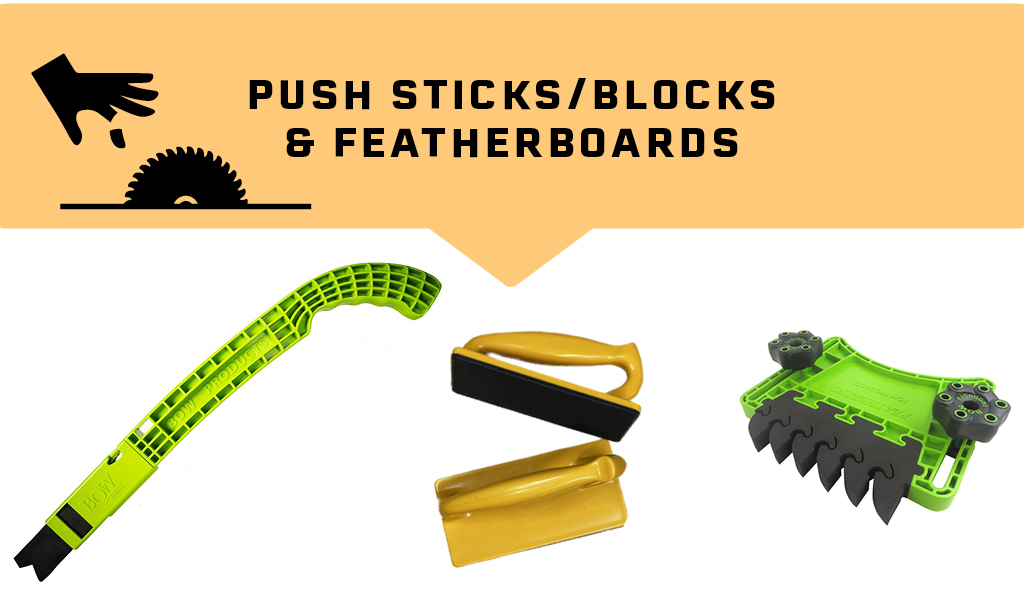
Push Sticks:
On table saws, push sticks are mandatory for safe ripping operations. By keeping your hands away from the spinning blade, push sticks allow you to feed and guide boards through cuts smoothly without risking accidents. Positioned properly, they provide enhanced control and maneuverability for straight, precise rips every time. High-friction inserts ensure a sturdy grip.
Push Blocks:
At the jointer, a push block in each hand allows safe downward pressure to feed boards through for an even cut. The hook-shaped push blocks keep hands well above the exposed blade while providing control along the fence. They remove the temptation to reach over the cutterhead and avoid nicks or worse injuries. While nothing can fully substitute proper training and attentive practices, these quality safety accessories significantly reduce your risk of common workshop injuries. They keep your hands safely away from cutting zones and moving blades.
Shop Push Sticks and Push Blocks
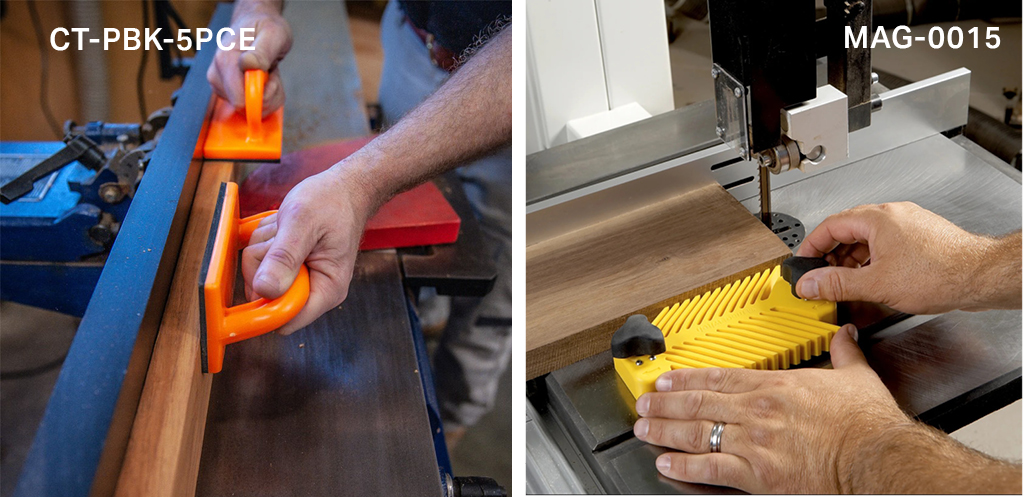
Featherboards:
Featherboards may look simple but work wonders for added control and stability. Acting as an adjustable fence, featherboards use spring pressure to hold workpieces securely against the table saw or bandsaw fence as you feed them through. This prevents binding, burning, or the dreaded kickback while guiding boards accurately for straight cuts. Great for smaller or irregularly shaped pieces.
Shop Featherboards
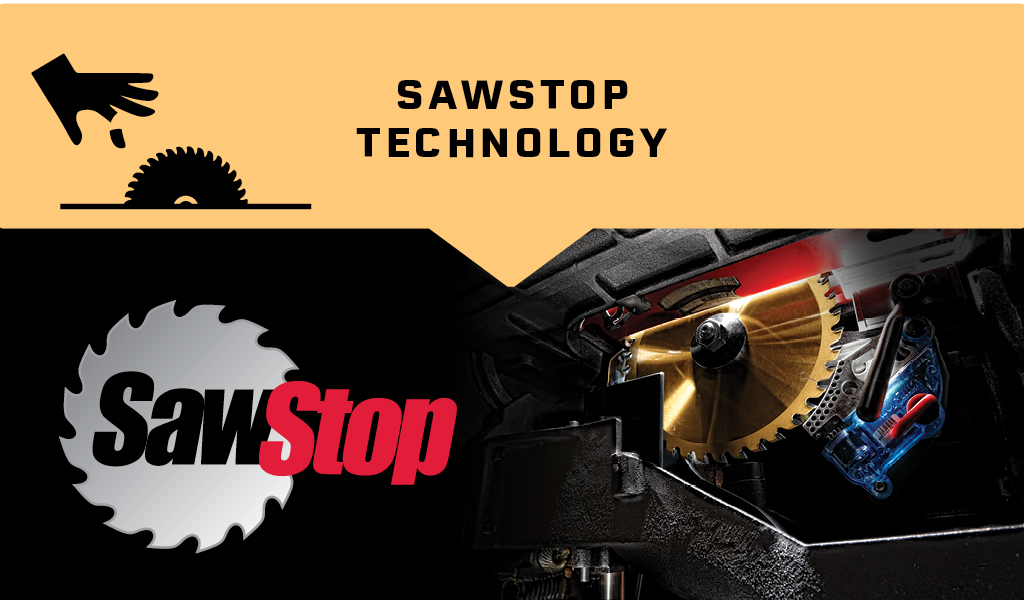
SawStop Table Saws:
These revolutionary saws represent a massive leap in shop safety. The Sawstop patented safety system stops a spinning blade on contact with skin. The blade stops in 5 milliseconds and drops below the table, preventing serious injuries or potential amputations. If the safety system has been activated, the brake cartridges are fast and easy to replace, getting you back to work quickly.
Find the Sawstop model that best suits your workshop, from industrial to portable.
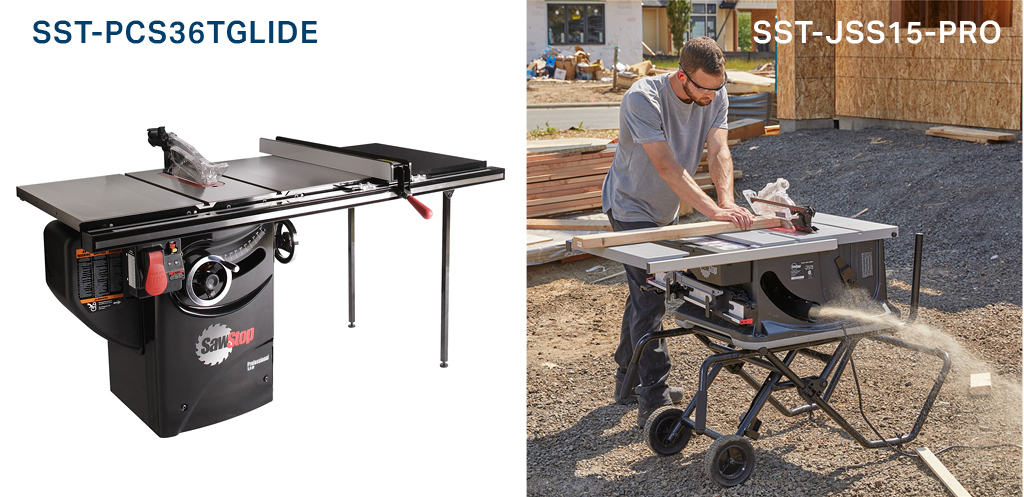
Shop Sawstop
|